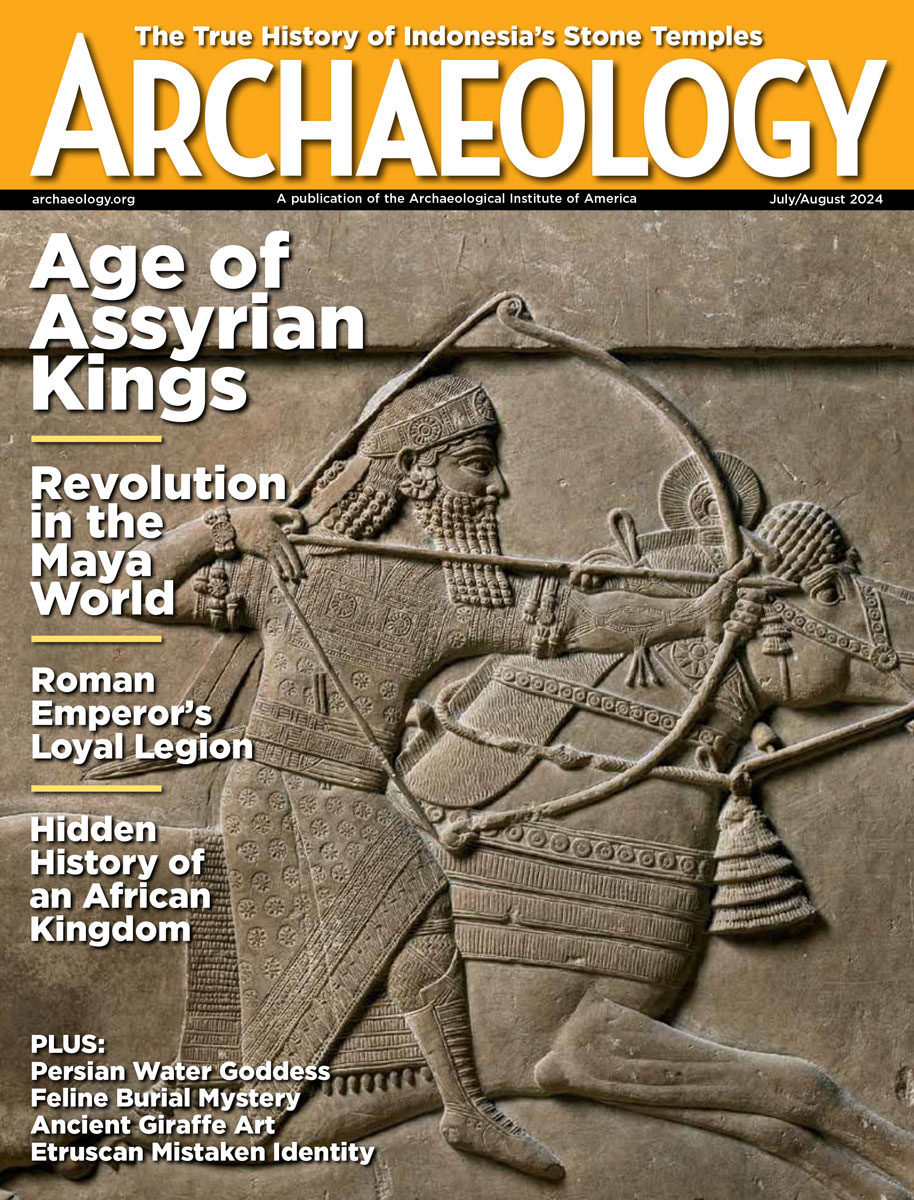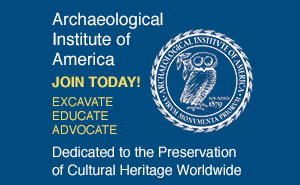Thursday, August 7
August 7, 2008
A complete chariot was discovered at a Thracian tomb in southeastern Bulgaria, and a separate pit yielded two horses and bronze and leather objects that may have been harnesses. Be sure to click on the photograph to see more images of the chariot and other artifacts from the 1,900-year-old tomb.
Ten people will be charged with smuggling and selling ancient jewelry and coins dug up in western Romania. Â
Iran is stepping up efforts to prevent the sale of Persian artifacts at home and abroad. Â
Evidence of milk fats have been found on unglazed pots unearthed in northwest Turkey. The pots date to 6500 B.C., and indicate that milk from cattle was used 2,000 years earlier than previously thought to make butter, yogurt, or cheese.   Â
French archaeologists have mapped 135 sites in northern Afghanistan, and they are employing “old looters” to help them. “People are so poor. They are just looking for ways to buy bread. We need to open their minds as they don’t know the value of their history. We have to give them that knowledge and then they will protect it,” said Saleh Mohammad Khaleeq, chief of the cultural department of Balkh. Â
In Richmond, Virginia, excavation has begun at Lumpkin’s Jail, on land known as the Devil’s Half Acre. The site was the largest slave market outside of New Orleans until the Civil War. Enslaved people were held in the jail until sold. Â
Daniel D. Lorello, a former archives and records management specialist at the New York State Library and Archives, has pleaded guilty to stealing historic documents and artifacts and selling them on the Internet and at collectors’ shows. He could be sentenced to six years in prison and must pay $73,000 in restitution. Â
BBC News has picked up the story on the DNA tests and CT scans being performed on the remains of stillborn fetuses discovered in Tutankhamun’s tomb. A photograph of one of the mummies appears with the article. Â
The uncovering of a building foundation in east London that could have been The Theatre, where Shakespeare’s early plays were performed, is also still in the news. This article from the Associated Press has been jazzed up with quotes from archaeologists. “We were there, scratching our heads, looking into the trenches, thinking, ‘this could be it,'” said Lo Lyon of the Museum of London.
- Comments Off on Thursday, August 7









